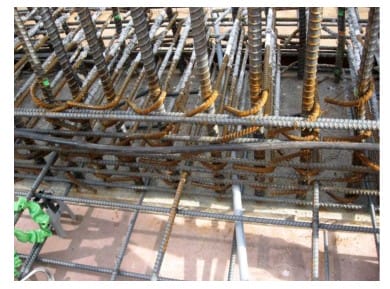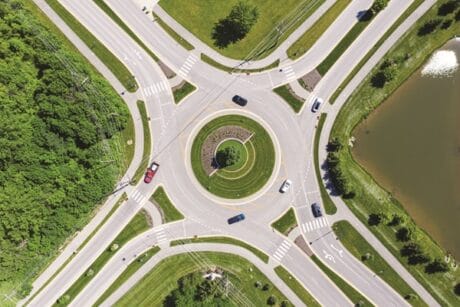No products in the cart.
- Course No E – 1261
- PDH Units 3.00
Course No E - 1261
PDH Units 3.00
- Course No E – 1261
- PDH Units 3.00
Course No E - 1261
PDH Units 3.00
Intended Audience: engineers, architects and construction professionals
PDH UNITS: 3
This is an introduction to flexible pavement design. It is a basic treatment that will introduce designers to some important principles and terminology. In simple applications on real projects the information provided will give designers a good start in addressing subgrades, select materials and subbase courses, base courses and pavement design for flexible pavements for streets, roads and parking lots. Course Outline I. INTRODUCTION A. Basis of Design B. Computer Aided Design II. PRELIMINARY INVESTIGATIONS A. General B. Investigations of Site C. Soil Conditions D. Borrow Areas III. VEHICULAR TRAFFIC A. Effect on Pavement Design B. Traffic Evaluation IV. FLEXIBLE PAVEMENT SUBGRADES A. Factors to Be Considered B. Compaction C. California Bearing Ratio (CBR) D. Selection of Design CBR Values V. FLEXIBLE PAVEMENT SELECT MATERIALS AND SUBBASE COURSES A. General B. Materials C. Compaction D. Selection of Design CBR Values VI. FLEXIBLE PAVEMENT BASE COURSES A. Materials B. Compaction C. Selection of Design CBR D. Minimum Thickness V. FLEXIBLE PAVEMENT DESIGN A. General B. Design Procedures C. Design Index D. Thickness Criteria – Conventional Flexible Pavements E. Example Thickness Design – Flexible Pavements F. Thickness Criteria – Stabilizer Soil Layers G. Example Thickness Design – Stabilized Soil Layers This is an introduction to flexible pavement design. It is a basic treatment that will introduce designers to some important principles and terminology. In simple applications on real projects the information provided will give designers a good start in addressing subgrades, select materials and subbase courses, base courses and pavement design.
Learning Objectives
At the successful conclusion of this course, you’ll be able to identify and discuss:- Learn how to evaluate site and soil conditions.
- Learn about the California Bearing Ratio (CBR) and how it is used in pavement design.
- Learn how to evaluate traffic conditions and determine the Design Index.
- Learn how to design flexible pavement subgrades.
- Learn how to design flexible pavement select materials and subbase courses.
- Learn how to design flexible pavement base courses.
- Learn the design procedure for flexible pavement design.
Once completed, your order and certificate of completion will be available in your profile when you’re logged in to the site.








